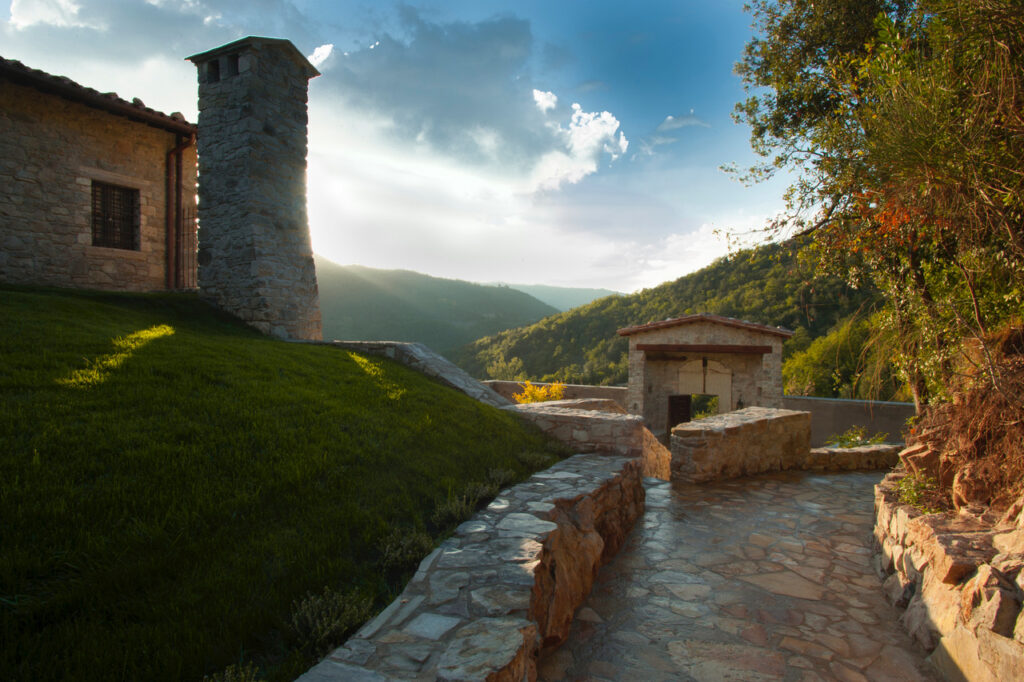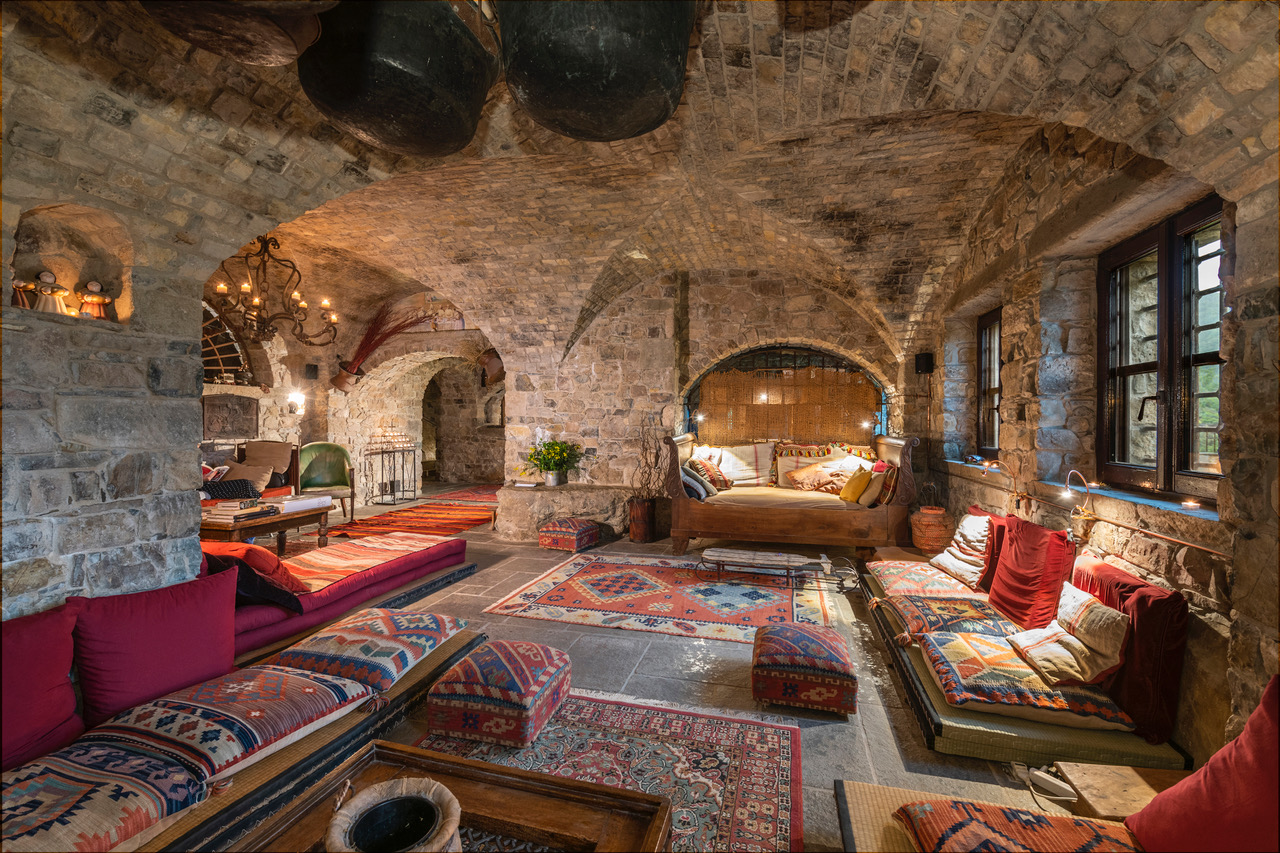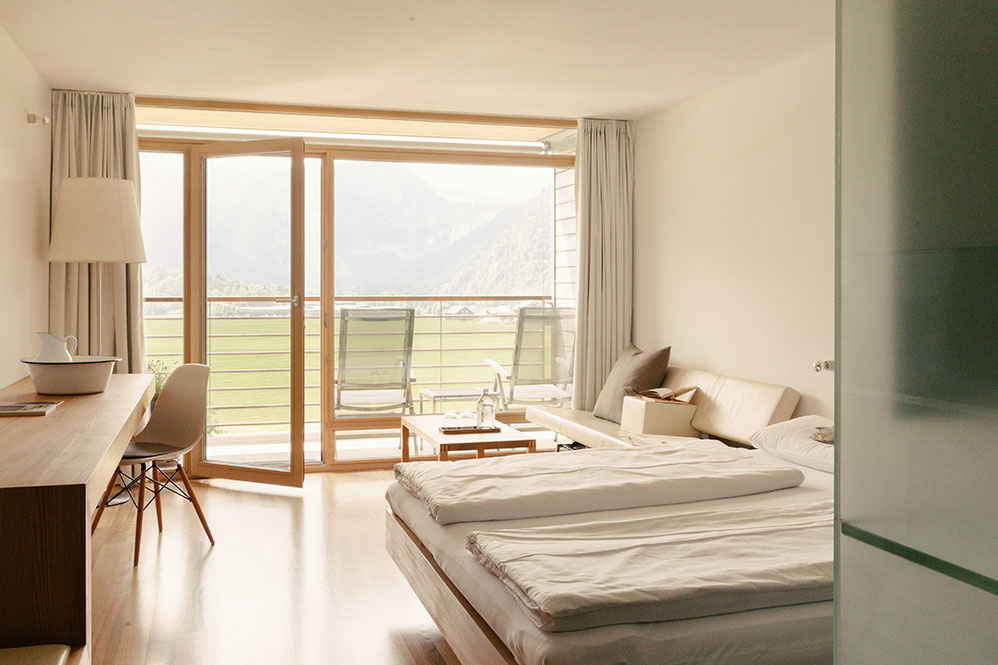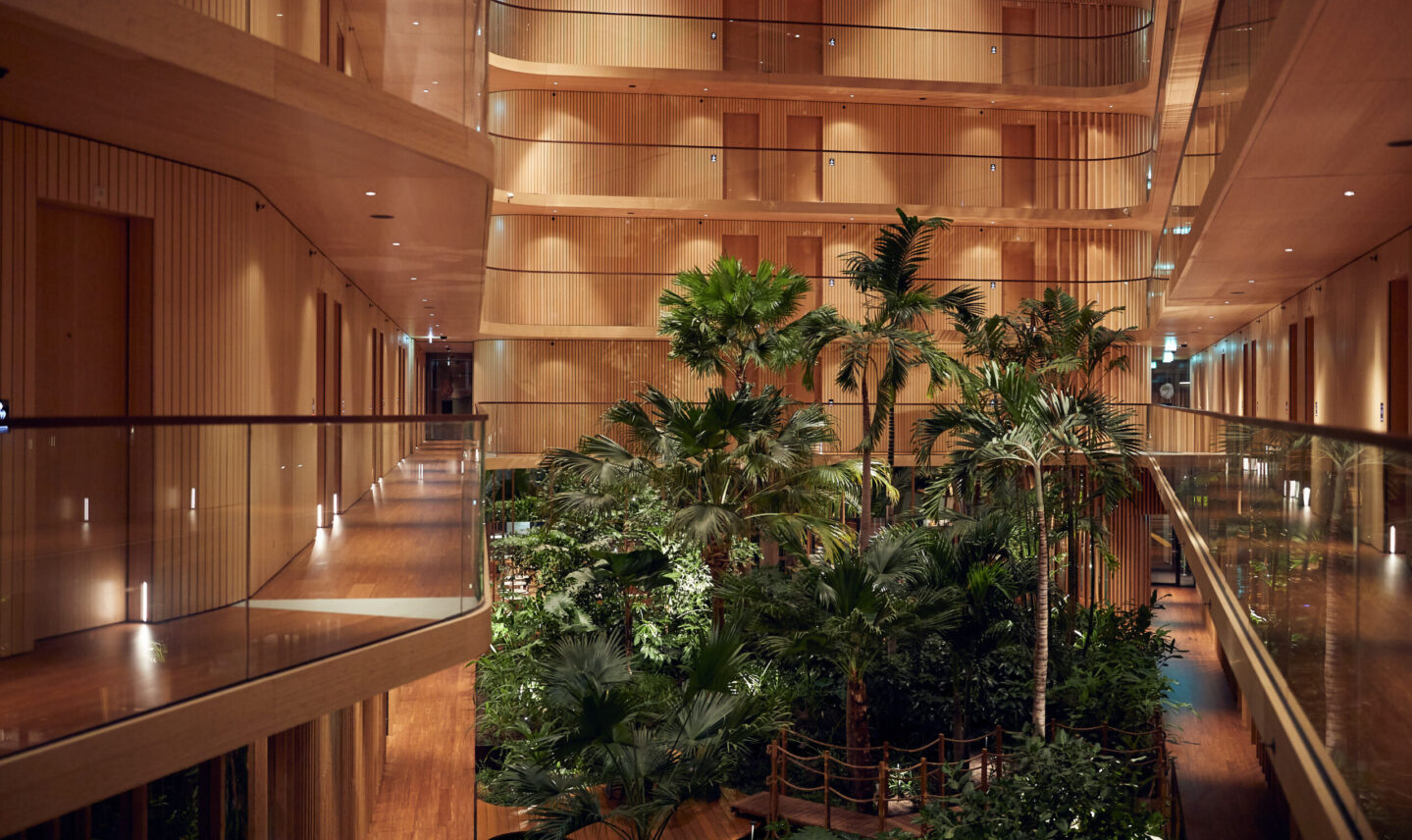Just as frequently used and complex as the term sustainability is that of climate neutrality. Global events such as extreme heat waves on the one hand, and heavy rainfall on the other, resulting from man-made climate change. This causes greenhouse gas emissions to skyrocket. Thus, the pursuit of climate neutrality has been increasingly in the spotlight for years. The Paris Climate Agreement of 2015 classifies climate neutrality by the middle of the 21st century as necessary to limit global warming to 1.5 degrees Celsius. But what exactly does climate neutrality actually mean? It is indeed a complex term with various interpretations, often used for different meanings. In relation to tourism, the question often arises whether climate-neutral travel works at all. The following post gives you an insight into the complex topic of climate neutrality and how tourism is making an increasingly important contribution to it.
What does climate neutrality mean?
Climate neutrality describes the balance between emitted emissions and the sequestration of greenhouse gases. To achieve this neutrality, greenhouse gas emissions must be reduced to a minimum, and the remaining emissions must be adequately compensated. Soils, forests, and oceans are the most important natural reservoirs of emissions. However, due to fires, deforestation, and ocean acidification, these natural systems are in danger. Compensations are intended to help offset the emissions emitted by supporting climate protection projects, often in different areas. In order to achieve the climate targets, compensations are an indispensable measure in addition to the much more important reduction. For the climate, it does not matter where emissions enter the atmosphere and where they are compensated – reduction should be the goal.
Climate neutrality and tourism
Current statistics show that 8% of emissions are caused by tourism. In order not to further destroy popular destinations and vacation resources, tourism must also actively take countermeasures. Flying less seems to be one of the most obvious activities how you as a traveler can contribute to emission reduction. But there is much more. Hotels are also increasingly addressing the issue. Regional products as well as energy-efficient use of electricity are just two of many examples. In order to be able to act properly, it is first of all important to calculate and present the CO2 footprint of a hotel. The calculation can then be used to reduce emissions on site, invest in sustainable technologies and switch to other suppliers, for example.
Emissions calculations should ideally be used for concrete reductions. For example, hotels can specifically use environmentally friendly materials such as clay instead of concrete in their construction. Renovating instead of building from scratch also goes a long way toward getting closer to carbon neutrality. Additionally, buying seasonal produce from the surrounding area avoids large amounts of CO2 emissions.
However, since it is almost impossible to do this completely without emissions, hotels, and travel companies have the option of participating in and supporting certified projects to compensate for their emissions. Guests usually only have to pay a small extra amount for their participation. This gives them the opportunity to become established in the process, whereby it is important to transparently present the extent to which the stay is climate-neutral. Each small step can make a big difference. The following tips for climate-neutral travel are also helpful.
5 tips for traveling climate neutral
- Arrange your trip by means of transportation such as bus or train.
Not only does this help to get to know the country better, but it’s also more environmentally friendly than flying. Meanwhile, many European destinations are easy to reach by train or bus, even if it takes a little longer. - Explore the surrounding area by bike or on foot.
Every step keeps you fit. Plus, when you explore on foot or by bike, you often discover completely unexpected places. Be it the little café at the end of the alley or the deer in the field in the distance of the horizon. By car, you would certainly not experience these discoveries. So get on your bike and start cycling! - Book sustainable hotels.
By actively booking sustainable hotels, you support environmentally friendly businesses.Often, hotels support projects for climate protection and actively engage in social commitment. From resource-saving construction to sustainable electricity to culinary self-sufficiency, every aspect contributes to getting closer to climate neutrality. - Visit regional markets.
Not only do regional products taste much better than imported ones, they also help to reduce emissions. The short transport distances prevent the emission of large quantities of climate-damaging gases. In addition, regionality helps support local farmers. - Consume regional products.
Get inspired by local cuisine and give the travel experience a whole new feeling. It’s a great way to get to know the culture better. Whether it’s fish dishes near the coast and venison dishes in forest regions, they prevent long import routes and help reduce emissions.
Discover hotels that actively contribute to climate neutrality
Eremito Hotelito del Alma
The boutique hotel, located in the traditional masonry craft of the 13th century, is based on a reinterpretation of luxury. The construction method, made of handmade stones, thus also focuses on the reuse of materials rather than new construction. In addition, photovoltaic and solar panels cover currently the electricity and hot water needs of 70% of the hotel. LED light bulbs are used and light is provided by candles at night. Water consumption is also managed specifically: there is a well that supplies the hotel with water for the pool, which is filtered only with salt. Rainwater is collected and used for watering.
Hotel Post Bezau by Susanne Kaufmann
Surrounded by the Bregenzerwald lies the idyllic Hotel Post Bezau by Susanne Kaufmann. The hotel is a member of the Climate Neutrality Alliance: energy consumption is minimized by motion detectors, LED lamps and an energy-efficient building. Furthermore, water consumption is consciously tracked and water-saving devices are installed throughout the hotel.
In addition, natural materials such as wood and leather are used and the rooms are furnished with Bregenz linen.
On top of that, the hotel consistently sources all materials from the surrounding area, and 100% of the food is sourced from the region.
Hotel Jakarta Amsterdam
In the middle of the Dutch metropolis of Amsterdam, you will find this sustainable oasis. From beams to ceilings, frames and columns, every material is made from natural wood and almost all can be reused and recycled. The entire hotel building is designed to be energy neutral. Solar panels on the roof provide the hotel with energy, and motion sensors and LED lights reduce energy consumption. The subtropical garden further provides a good climate and air vents automatically cool down the building. Furthermore, rainwater is collected and used for irrigation of the subtropical garden. In addition, regular clean-up actions are carried out together with the employees.






